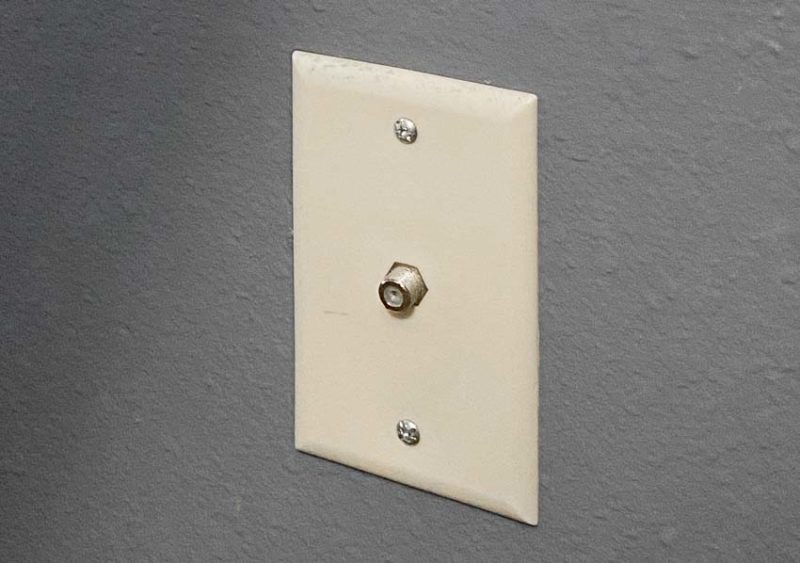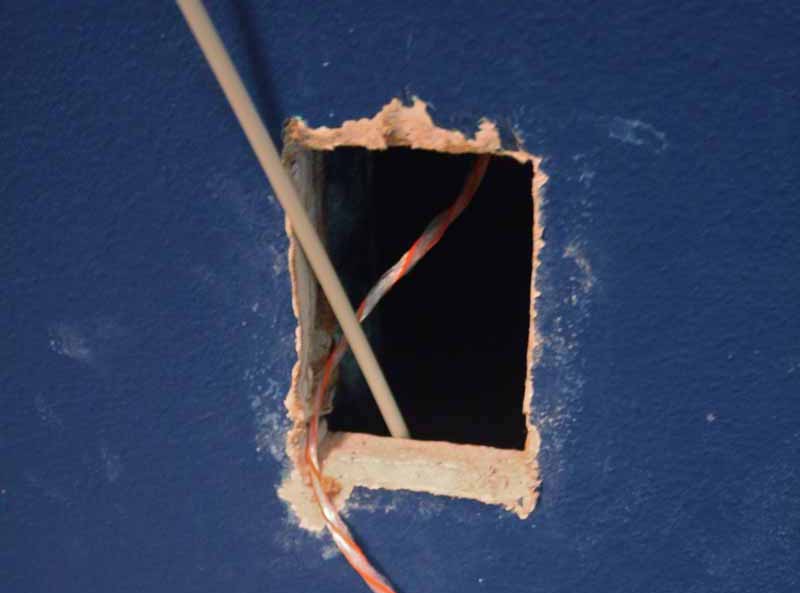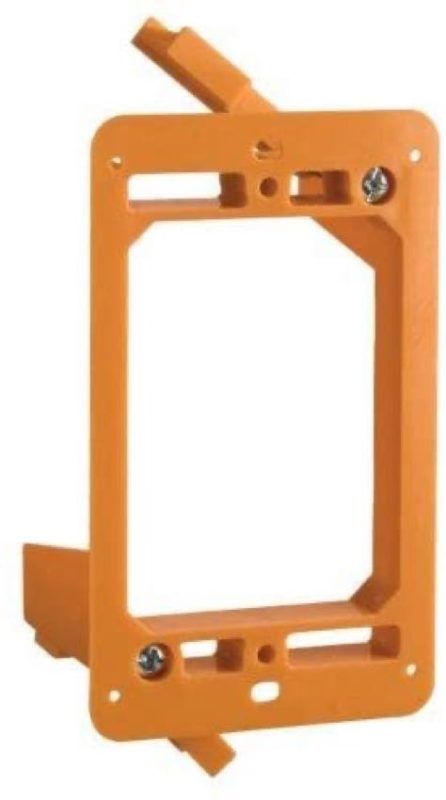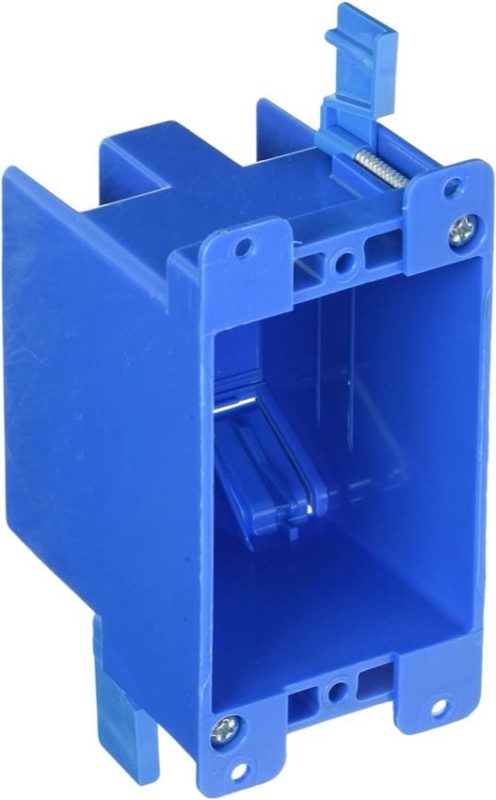You might need to fix a poorly installed cable outlet. Or perhaps you want to move a television from one side of the room to another. Knowing how to install a cable TV jack in the wall doesn’t have to be a daunting task. In fact, it’s really just a matter of planning the best way to route the cable TV wire. After that, you just dress up your installation with a proper wall plate.
What You Need to Know to Install a Cable TV Jack
For this article, we plan to spend most of our time on the actual cable jack and wall plate. We have to assume you’ve been able to locate the cable in the proper location. With so many houses and so many different variables, it’s nearly impossible to provide comprehensive instructions for running wire.
In general, you can often feed a wire either directly through an exterior wall. Other times, you’ll drill through a top plate in the attic, or up through a sill plate from the crawl space. A good cordless drill, paired with a twist drill bit, and a tape measure to get you in the right place should have you ready in no time.
Look at some of our other articles for various methods of running cables down and up walls for both low voltage and high voltage applications:
Tools You May Need
- Keyhole saw
- Utility knife
- Philips screwdriver
- Adjustable wrench
- Coax cable installation kit or tool
How to Install the Cable Jack Work Box
Once you’ve located the new place for your cable TV jack, we recommend using a standard single gang low voltage “old work” box. Old work boxes use plastic brackets to hold the box secure against the drywall. This differs from a new work box that uses nails which you hammer into the adjacent stud.
This lets you have a nice finished hole with a cable TV plate. You can also use a standard shallow single-gang box. Either provides easy access to in-wall cable. Both types can be found in any hardware or home improvement store.
To complete the install, simply saw a vertically-oriented rectangular hole approximately 1.75″ x 3.75″. This will be the hole into which the low voltage box fits. For drywall, we recommend a standard keyhole saw, which can be had for around $10. It makes the job of cutting into drywall (and even plaster/lathe) an easy process. If you can’t grab one of these, drywall can be cut carefully with a standard utility knife.
Note: When using a keyhole saw, be VERY mindful of what you are sawing into. It is very easy to cut into something you do not intend to. Pay special attention to the location of any 12/2 electrical cable. Also be careful to avoid removing or moving around any insulation (on exterior walls). Finally, watch the depth of your cut to avoid punching through into an adjacent room.
Locking the Box in Place
Once the box is in place you can use a standard Philips screwdriver or a DeWalt 8V Gyroscopic screwdriver to engage the brackets which will secure it snugly against the drywall. These boxes work well with just about any drywall thickness and we’ve even had success with lathe & plaster wall materials.
Low voltage boxes have an open back designed specifically for the installation of low voltage devices such as cable television, Ethernet, or telephone jacks into an existing wall. The design makes it easy for coaxial or RJ45 (Cat5x) cables to bend properly into the appropriate connectors. It also eliminates the need for old-school metal plates, drywall anchors, and screws.
Installing a Cable “F” Jack to the Plate
To complete the installation, simply hand-screw the F-connector (cable TV) jack onto the backside of the wall plate and then tighten it with an adjustable wrench. When you’re satisfied that the connection is secure, screw the plate into the face of the low voltage workbox using the holes provided and stand back and enjoy your newly finished cable TV outlet. This will look much better than what many cable TV installers leave behind, which is often a bare wire sticking through the floor or a plate that is haphazardly screwed directly into the drywall.

Some additional notes to consider when installing a cable TV jack:
- If you are starting with a new cable run, we recommend investing in a set of RG6 crimpers. There are many different kinds with the more expensive compression style offering the most versatility and ease-of-use.
- Older cable TV runs used RG59, however, most new construction, cable and satellite companies now use RG6 which is more suitable for handling the higher bandwidth signals offered by digital services.
- Leave yourself some extra room. You never know when you’ll need to reterminate that cable jack!




